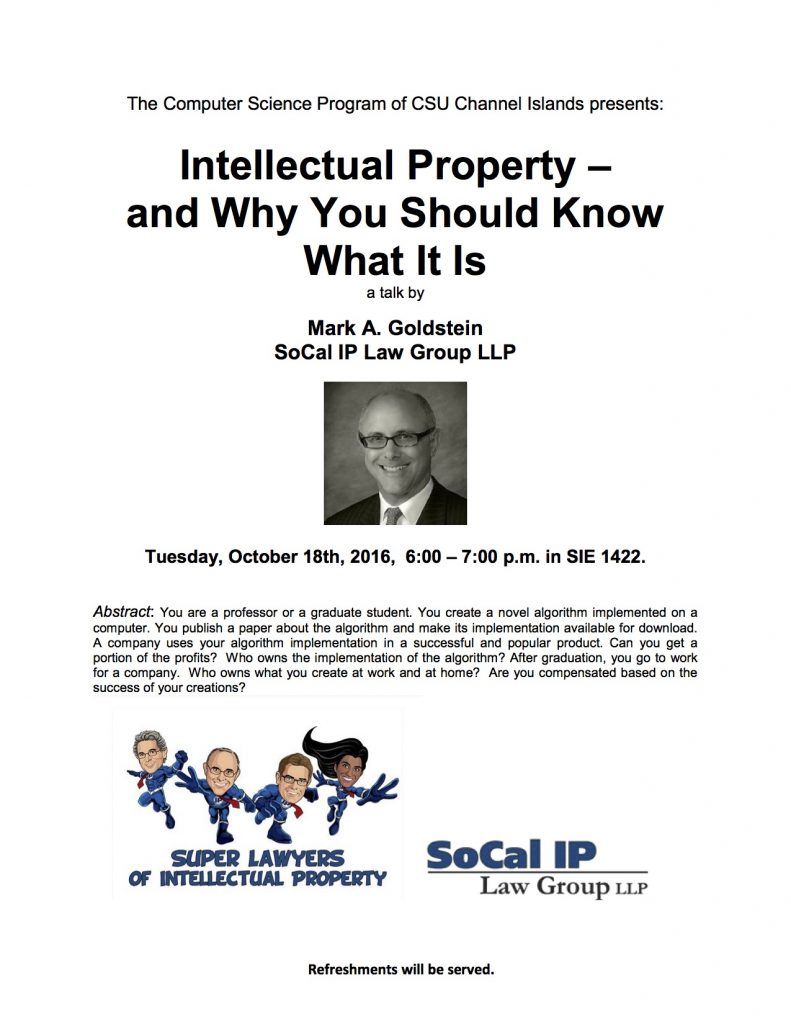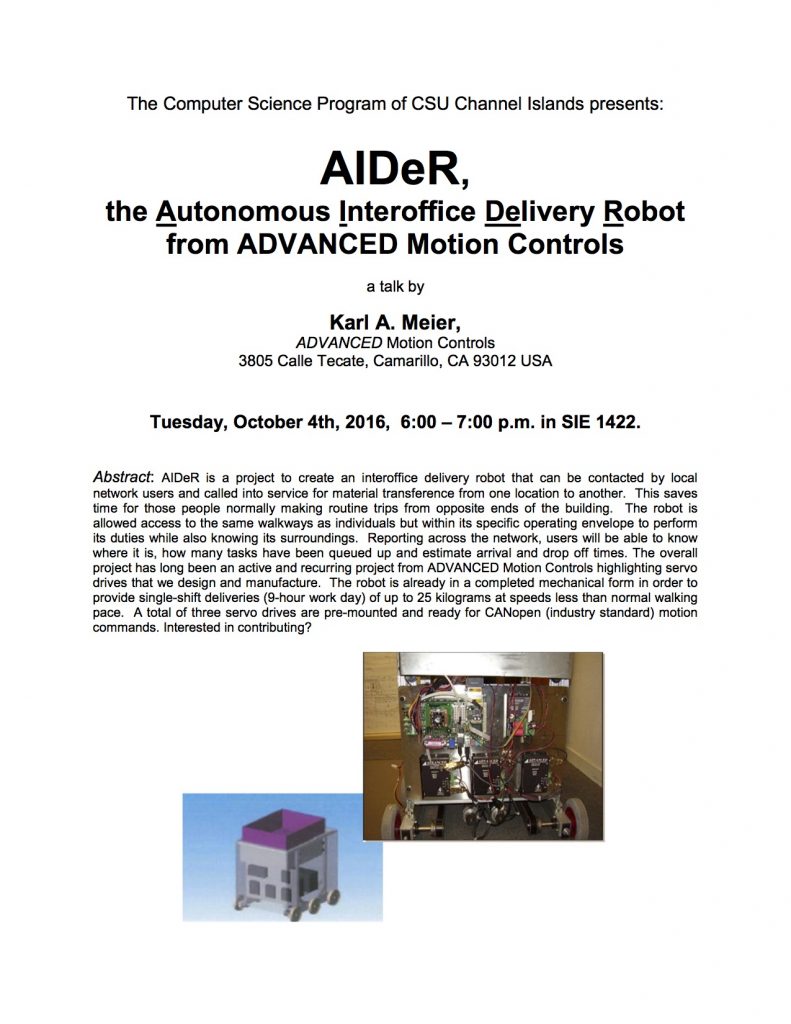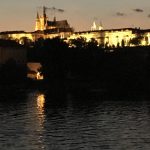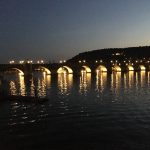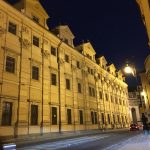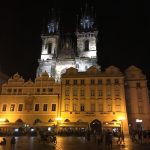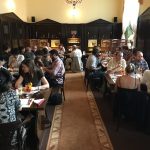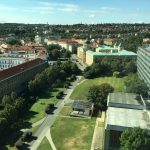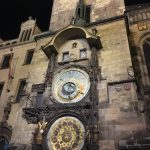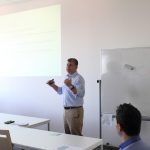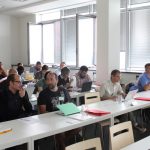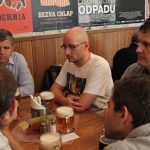Blog
Dhruv Pandya wins the Edison Scholarship
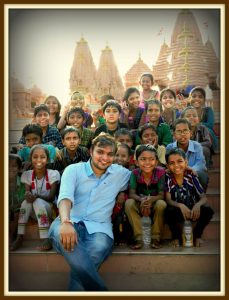 Our own student, Dhruv Pandya, has won the Edison scholarship. Dhruv is doing his masters in Computer Science, under my supervision: he is implementing an encrypted virtual memory with elements of holomorphic encryption.
Our own student, Dhruv Pandya, has won the Edison scholarship. Dhruv is doing his masters in Computer Science, under my supervision: he is implementing an encrypted virtual memory with elements of holomorphic encryption.
http://www.csuci.edu/news/releases/2016-pandyascholarship.htm
Talk in Computer Science @CSUCI by Karl Meier from Advanced Motion Controls
Mechatronics: The Highest-Paid Engineering Degree
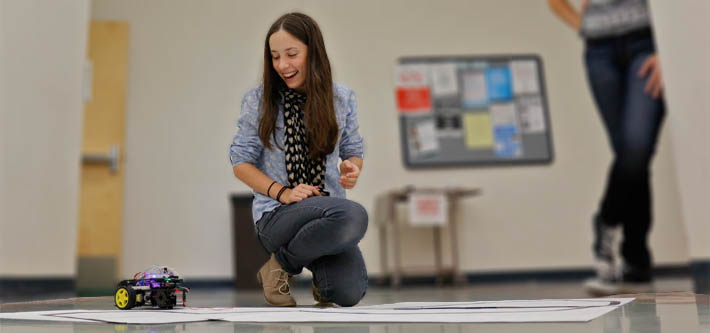
Google’s self-driving cars. IBM’s “Dr. Watson.” The Jet Propulsion Laboratory’s Mars 2020 Rover.Behind these huge technological leaps is mechatronics, an interdisciplinary field that mixes a wide array of engineering disciplines—mechanical, electrical, computer and software.
According to the National Association of Colleges and Employers’ (NACE) “Class of 2015 First-Destination Survey,” mechatronics engineering majors were the highest-paid class of 2015 engineering graduates among those who received a bachelor’s degree.
Channel Islands is mentioned at the end of this article:
CSU Channel Islands will be the latest California State University campus to implement a mechatronics engineering program, which is planned to begin in September 2018. It was created in response to the demand for mechatronics engineers in Ventura County.
As a Hispanic-serving institution (HSI) and with a student body that’s more than 50 percent female, the new program will also focus on increasing access to engineering for historically underrepresented students in science, technology, engineering and mathematics (STEM), says Michael Soltys, Ph.D., professor and chair of the computer science program.
Talk by Ariel Fernandez on Sep 26
I am very happy to host my former PhD student Ariel Fernandez, who is going to give a talk on Monday Sep 26, at 6pm, in Broome Library 1360. Below is the biographical sketch of Ariel, and the abstract of his talk.
Bio sketch of Ariel Fernandez: I did my PhD at the McMaster University, under the supervision of Michael Soltys-Kulinicz. My research is in the area of proof complexity and algorithms, especially inspired by the subject of Combinatorial Matrix Theory, which combines linear algebra, graph theory, and combinatorics, and has a rich algorithmic content. Also I am interested in Cryptography & Security, in particular in Lattice Based Cryptography, and I was part of the research group FRAISE. Recently I have also become interested in Quantum Computing, and especially in the study of quantum concepts in Proof Complexity.
From 2013 I am working on the cartographic industry and Geographic Information Systems (GIS systems), I became the CEO of a maps making company called “Filcar SRL” running my business in Buenos Aires, Argentina. The company is dedicated to design maps, routes, and streets guidance.”
Abstract : This presentation is twofo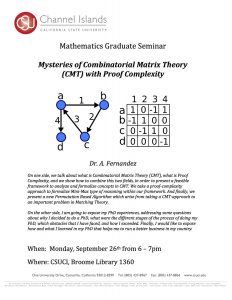 ld:
ld:
On one side, we talk about what is Combinatorial Matrix Theory (CMT), what is Proof Complexity, and we show how to combine this two fields, in order to present a feasible framework to analyze and formalize concepts in CMT. We take a proof-complexity approach to formalize Mini-Max type of reasoning within our framework. And finally, we present a new Permutation Based Algorithm which arise from taking a CMT-approach to an important problem in Matching Theory.
On the other side, I am going to expose my PhD experiences, addressing some questions about why I decided to do a PhD, what were the different stages of the process of doing my PhD, which obstacles that I have faced, and how I exceeded. Finally, I would like to expose how and what I learned in my PhD that helps me to run a better business in my country.
Participate in Programming Competitions with CS!
Professor Brian Thoms will be holding a meeting for students interested in programming competitions (ACM and GURU). It will be in Sierra Hall 1131, Friday Sept 23 at 12.
This is a great way to make friends, learn coding, and participate in an exciting competition.
We have done very well in the past:
http://compsci.csuci.edu/about/news-and-events/acm-programming-results-2015.htm
Talk at PSC2016 on paper with Neerja Mhaskar
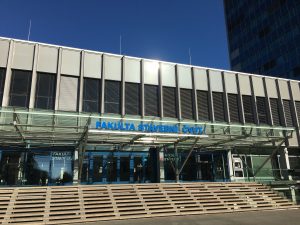 I just gave a talk at PSC2016 conference in Prague based on a paper with Neerja Mhaskar, Forced repetitions over alphabet lists. This paper explores further the problem posed by Grytczuk in 2010 regarding the construction of non-repetitive strings over alphabet lists where each alphabet has 3 symbols. We use some string combinatorics, as well as an approach based on the Crossing sequences technique from complexity theory. The conference took place at České vysoké učeni technické v Praze – Fakulta stavebni, which is quite a mouthful to say, even for a fellow slav :), and is the Czech Technical University in Prague.
I just gave a talk at PSC2016 conference in Prague based on a paper with Neerja Mhaskar, Forced repetitions over alphabet lists. This paper explores further the problem posed by Grytczuk in 2010 regarding the construction of non-repetitive strings over alphabet lists where each alphabet has 3 symbols. We use some string combinatorics, as well as an approach based on the Crossing sequences technique from complexity theory. The conference took place at České vysoké učeni technické v Praze – Fakulta stavebni, which is quite a mouthful to say, even for a fellow slav :), and is the Czech Technical University in Prague.
Slides are attached:
[slideshare id=65540986&doc=soltys-psc2016-slides-160831083913]
Some other pictures:
Computer Science instructors wanted at Moorpark College
Please get in touch with me if you are interested.
Updated WordPress to version 4.6
City of Port Hueneme is recruiting for the position of part-time Info Systems Technician
The City of Port Hueneme is recruiting for the position of part-time Info Systems Technician. See add below:
